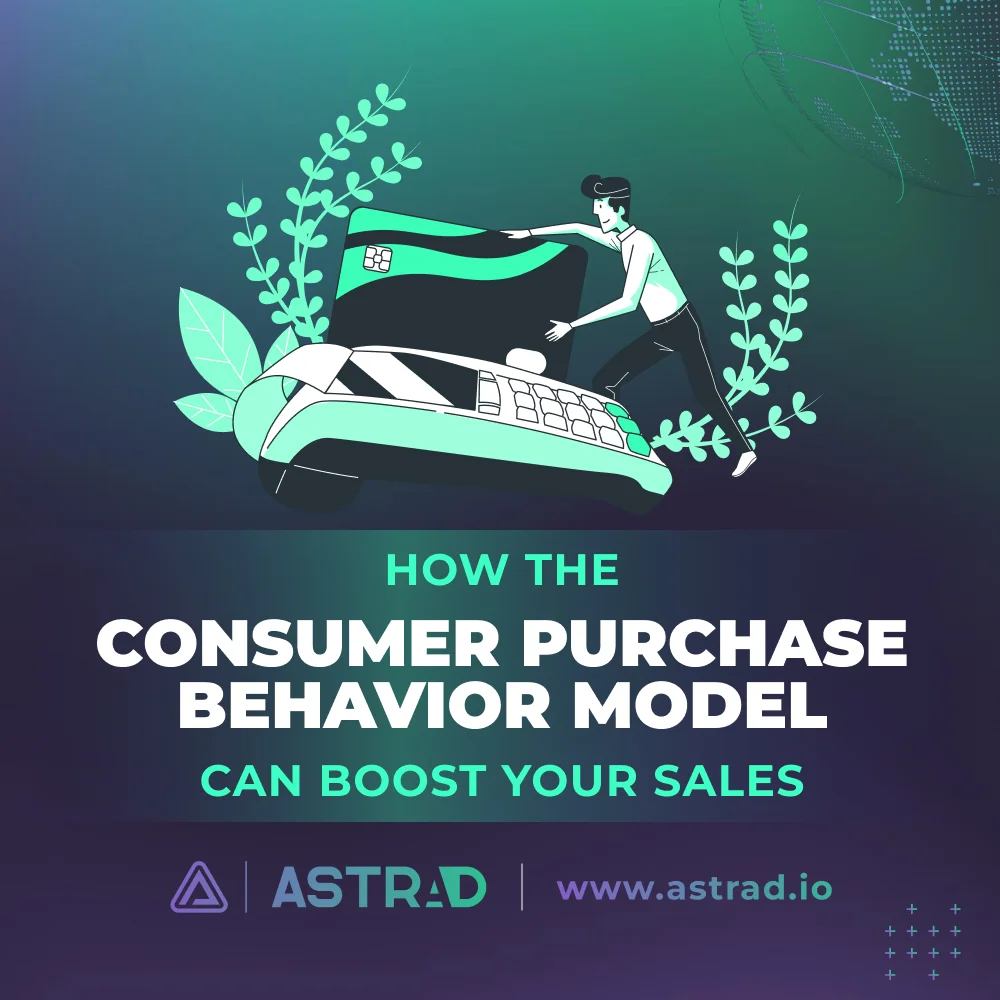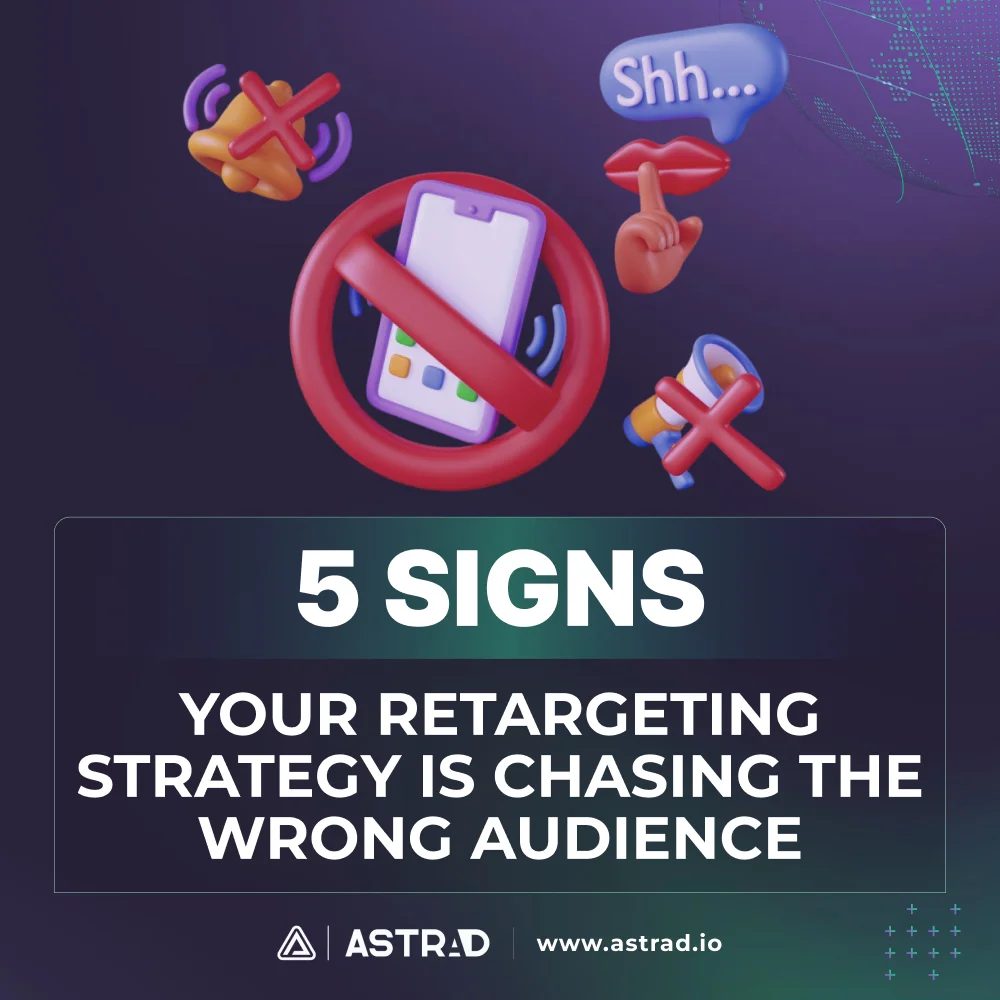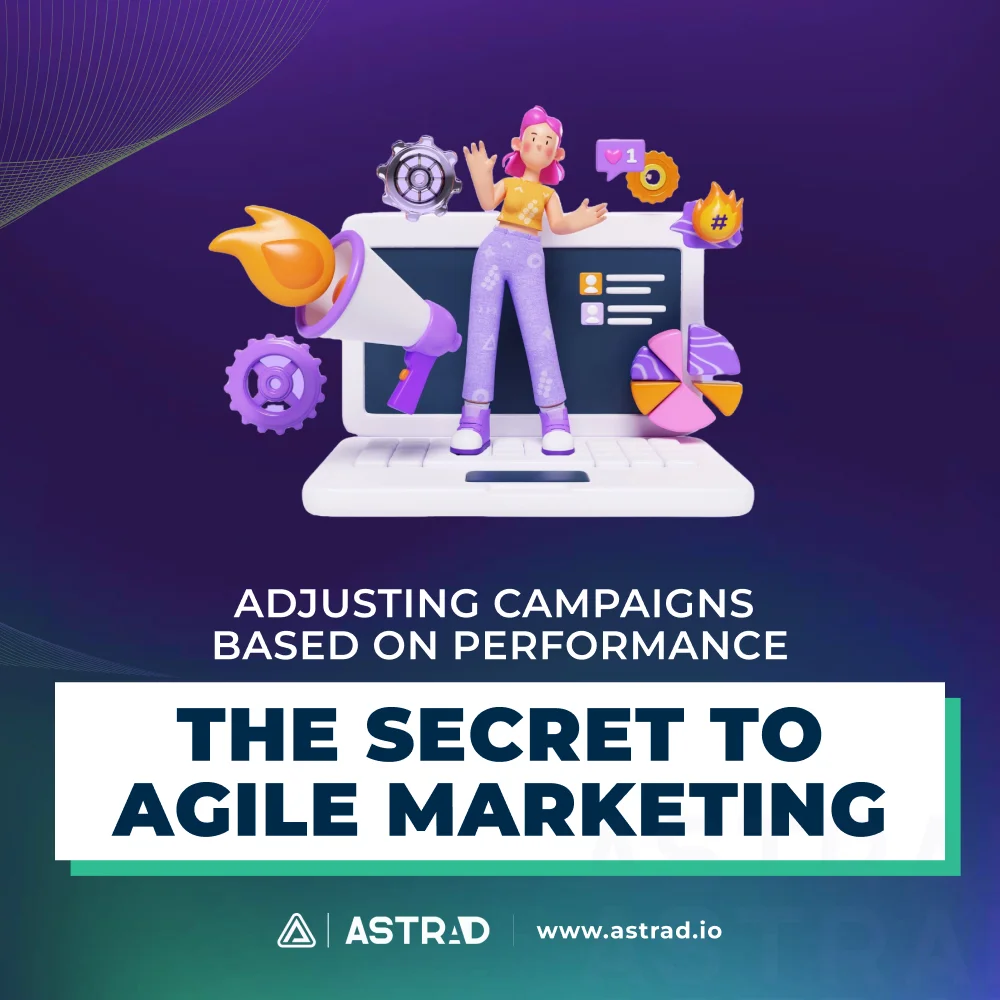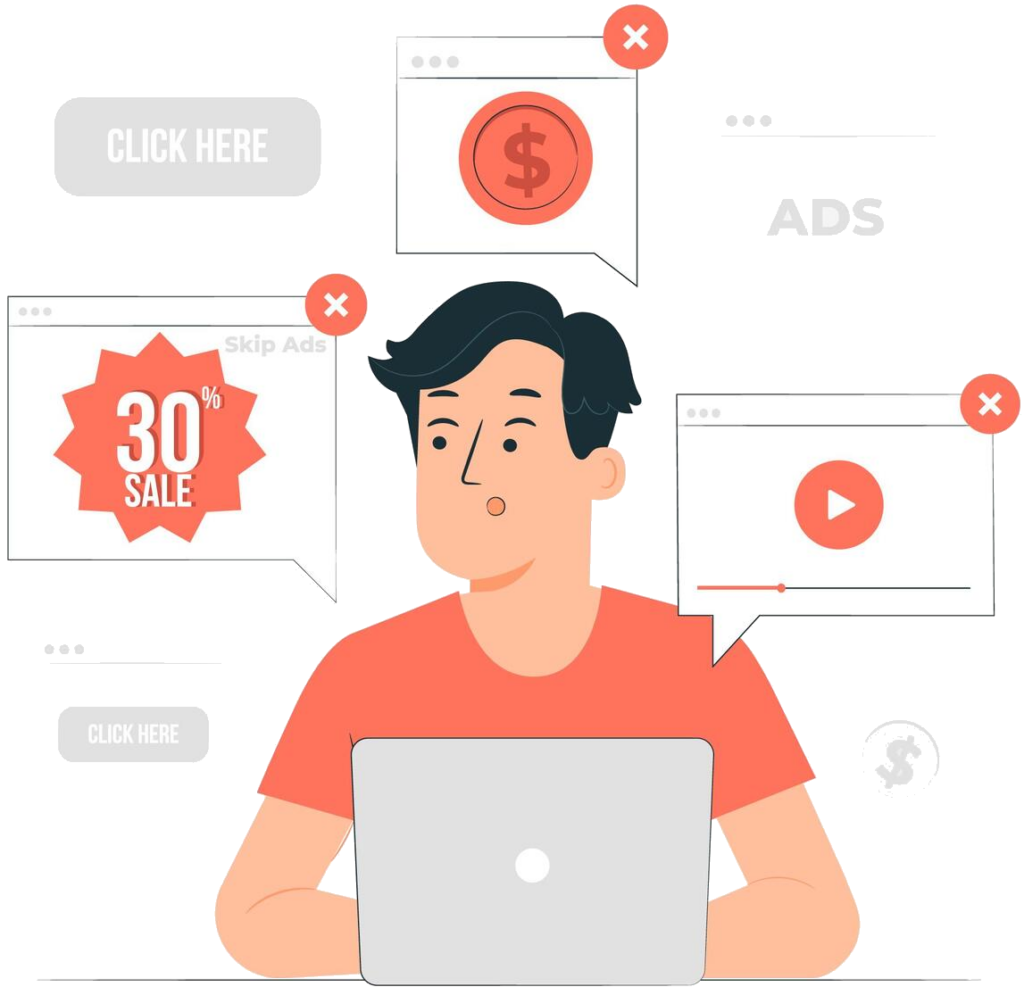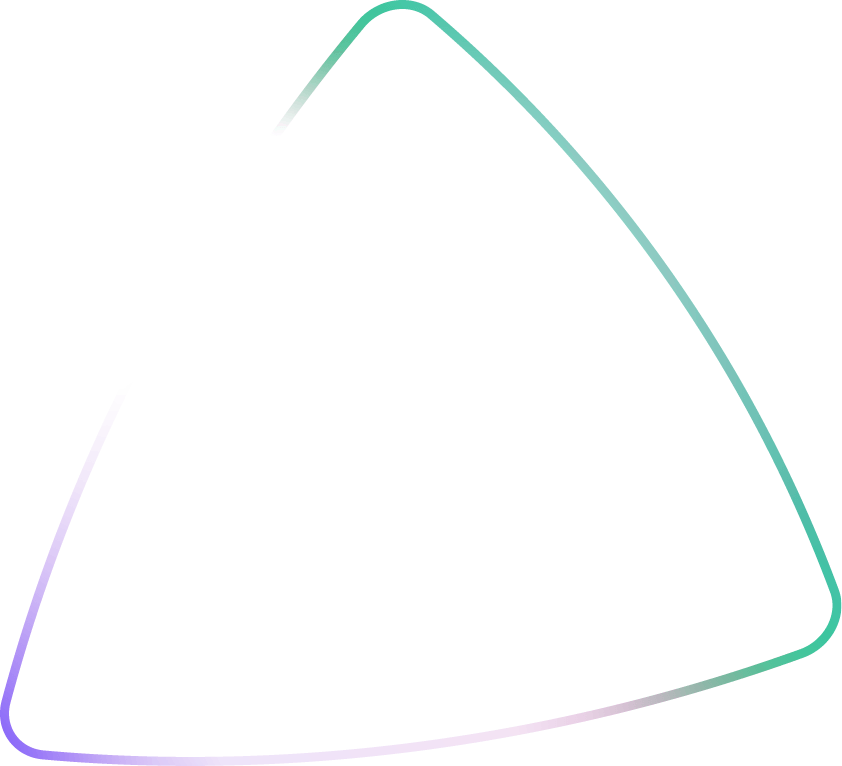Understanding consumer purchase behavior is your bread and butter—it is paramount for crafting marketing strategies that resonate deeply. Strategies that land make an impact and ultimately convert skeptics into enthusiastic advocates. Let’s delve into how applying this model can significantly enhance your sales. In the next article, we’ll give you the tools, the tips, and, more importantly, the mindset for this.
We’ll dive into the psychology of your audience, Harvard investigations, and even some Freudian manipulations. Why? Because, at its core, science has proven that purchases, particularly non-essential ones, are impulsive. They have more to do with an itch, a trigger, or an emotional drive than with a logical conclusion. And what does science consider a non-essential buy? Well, everything is not tied to our sense of survival.
The Consumer Purchase Behavior Model
A consumer model is exactly that—a model that considers psychological, personal, social, and cultural factors influencing buying decisions. It’s a framework that’s always evolving, helping marketing executives and companies understand their most valuable asset—consumers. Key stages include Problem Recognition, Information Search, Evaluation of Alternatives, Purchase Decision, and Post-Purchase Behavior. Let’s dissect it.
Psychological Factors
Psychological factors play a significant role in shaping consumer behavior. It’s all about how your consumer feels at that moment and what motivates them. These include perception, motivation, learning, beliefs, and attitudes.
Harvard University created a great study—identifying over 300 triggers—on a consumer’s emotional connectors. These are the switches that ultimately drive their buying decision.
A consumer’s perception of a product or service can be influenced by marketing messages, personal experiences, and societal norms.
Motivation drives consumers to fulfill needs ranging from basic physiological necessities to complex self-actualization desires, often guided by theories such as Maslow’s hierarchy of needs.
Learning through experiences and information processing impacts future purchase decisions while existing beliefs and attitudes toward brands or products can either encourage or deter purchasing behavior.
Personal Factors
Personal characteristics such as age, occupation, lifestyle, economic situation, and personality influence buying decisions. They reflect the tribe consumers ascribe to, the societal norms they’re unwilling to breach, and the narrative of who they are. For instance, young consumers may prioritize trendy, technology-driven products, while older consumers will most likely focus on quality and practicality.
Lifestyle choices, which reflect an individual’s activities, interests, and opinions, shape their preferences and, in turn, their purchasing patterns. Economic conditions directly affect a consumer’s purchasing power, dictating whether they opt for luxury items or more budget-friendly alternatives.
Social Factors
Social factors encompass influences from family, friends, social networks, and other reference groups. It’s the equivalent of non-intrusive peer pressure—the type we all experience but never acknowledge because it’s more astute and less insidious.
Family members, for example, often play a pivotal role in decision-making, especially in the context of high-involvement products like cars or homes. Friends and peers contribute to social proof, where recommendations or endorsements significantly impact buying behavior. The rise of social media has amplified the effect of online reviews and influencers, shaping consumer perceptions and choices.
Cultural Factors
Cultural factors include the broader societal values, beliefs, norms, and customs that shape consumer behavior, from nationalistic beliefs to religious ones. Culture affects what products are considered desirable, acceptable, or necessary. Subcultures—based on shared interests, values, or experiences—further refine consumer behavior patterns.
For example, studies have found that your choice of a superhero franchise or a sci-fi one ultimately becomes a linchpin in who you are. You defend it regardless of the objective views towards it. If you pick Star Wars, you’ll die fighting on that hill despite the current state of the IP. The same applies if you prefer DC over Marvel. And this choice, which is critical to your worldview and values, is widespread. Are you an Apple or an IBM fanatic? Puma or Nike? Domino’s or Pizza Hut? IPA or APA beer?
Cultural shifts, such as increasing environmental awareness, can lead to changes in consumer preferences, with a growing demand for sustainable and eco-friendly products.
Stages of the Consumer Purchase Decision Process
- Problem Recognition: The buying process begins when the consumer identifies a need or problem. This recognition can be triggered by internal stimuli (e.g., hunger, thirst) or external stimuli (e.g., advertising, word-of-mouth).
- Information Search: Once a need is recognized, the consumer seeks information to solve the problem or satisfy the need. This search can be internal (recalling past experiences) or external (seeking information from friends, family, online reviews, and marketing materials).
- Evaluation of Alternatives: The consumer compares different products or brands based on criteria such as features, prices, quality, and reviews. This stage involves assessing the available options to determine which best meets their needs.
- Purchase Decision: After evaluating alternatives, the consumer makes a purchase decision. This decision can be influenced by the attitudes of others, unexpected situational factors, or perceived risks associated with the purchase.
- Post-Purchase Behavior: After the purchase, the consumer evaluates their satisfaction with the decision. Positive experiences can lead to repeat purchases and brand loyalty, while negative experiences may result in returns, complaints, or negative word-of-mouth.
Applying the Model to Enhance Marketing Strategies
Personalization
Tailor your marketing messages based on consumer data-driven insights. It is different from what you think will work, but what the model says will work. There are studies that define a niche and a demographic.
For example, if you have an eco-friendly product, you can appeal to a person’s ego and narcissism—their need to believe that tomorrow will be better than today and that this transition, this breakthrough, is partly because of them. Each consumer group has a profile. Personalized content drives higher engagement. Using AI tools like Persado can help create personalized messages that resonate with your audience.
Customer Journey Optimization
Streamline the path to purchase to improve the overall customer experience. Tools like Salesforce and Adobe Experience Cloud can help map out and optimize the customer journey.
A seamless customer journey is critical for converting prospects into loyal customers. According to McKinsey, companies that optimize the customer journey see a 20% increase in customer satisfaction and a 15% increase in sales. Make the purchasing process simple and fast.
Predictive Analytics
Use consumer data to predict future buying behaviors and trends. This allows for proactive marketing strategies. Platforms like IBM Watson and SAS Analytics are leaders in predictive analytics.
Predictive analytics can help you anticipate customer needs and tailor your marketing efforts accordingly. According to Salesforce, predictive analytics can increase marketing ROI by up to 20%.
Leveraging Psychological Factors
Understanding the psychological drivers behind consumer behavior can enhance your marketing strategies. Factors such as social proof, scarcity, and authority influence purchasing decisions. Incorporate these elements and thousands of other triggers into your campaigns to create a compelling value proposition.
For instance, showcasing testimonials and reviews can build trust and credibility. Highlighting limited-time offers can create a sense of urgency, prompting quicker purchase decisions.
Get Under Their Skin
Leveraging the consumer purchase behavior model can transform your marketing efforts—supercharge them. By truly understanding and applying these insights, you can enhance your strategies, improve customer experience, and ultimately boost sales. Remember the wisdom of Peter Drucker: “The aim of marketing is to know and understand the customer so well the product or service fits him and sells itself.” This timeless advice underscores the importance of aligning your marketing efforts with consumer behavior to drive success.

